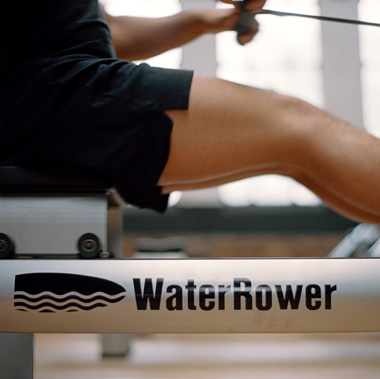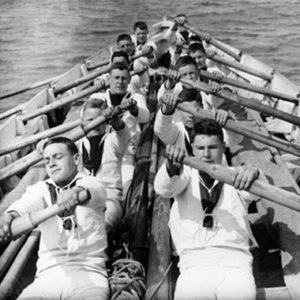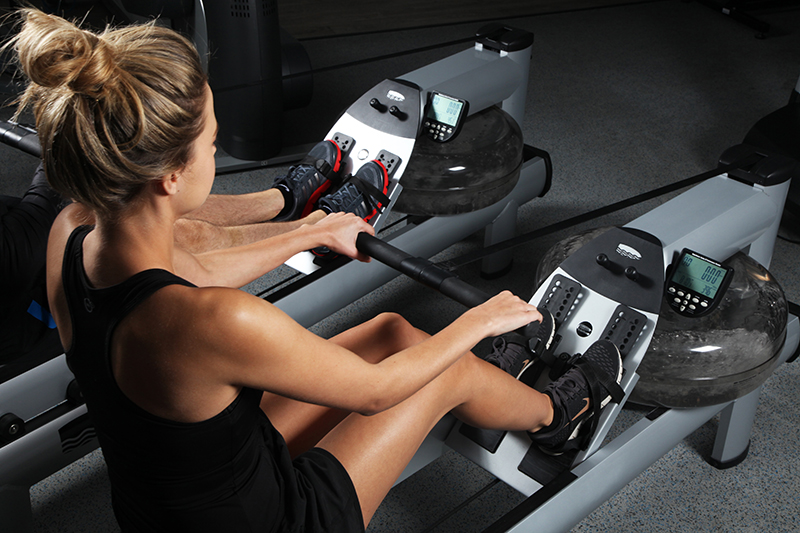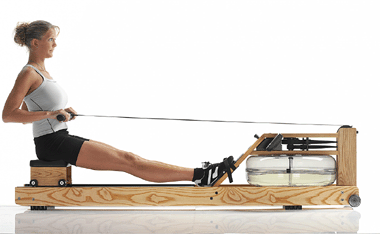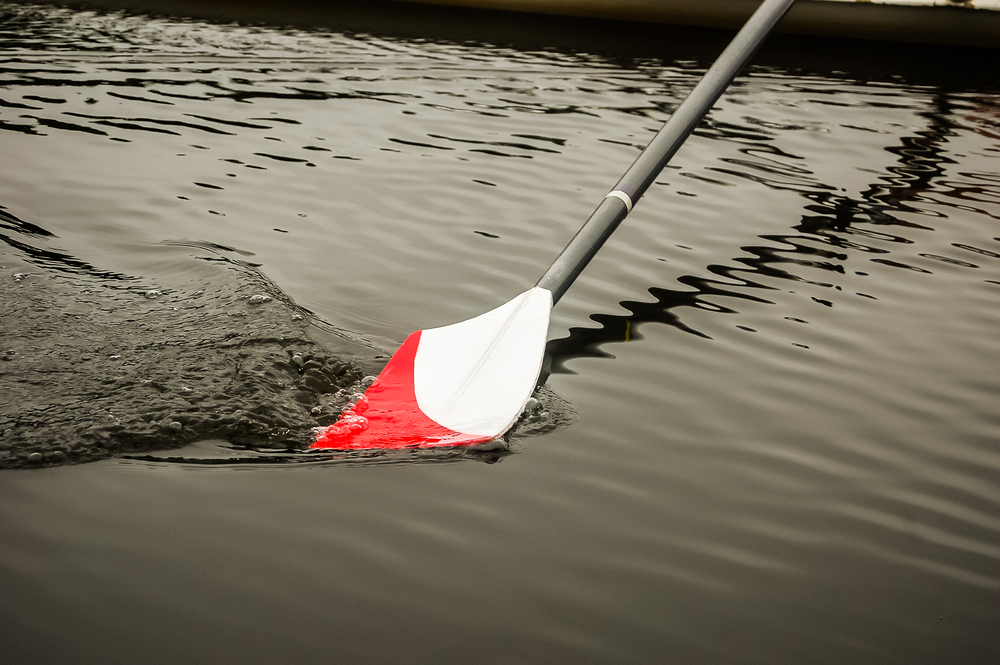Competitive rowing takes many forms. The most competitive form is Olympic class rowing which takes place over a 2000 meter course and consists of competitors racing in one of six marked (buoyed) lanes.
The duration of the race will vary in length depending on the class of boat and the ability of the crew. The fastest boat is the Men’s Eight which, at Olympic levels, can complete 2000m in about 5 minutes 30 seconds, whereas a Men’s Single Scull would complete the same course in about 6 minutes 40 seconds.
This duration of exercise divides the rowing race into portions of explosive unsustainable work and consistent sustainable work.
The beginning of the race requires an explosive use of speed to accelerate the boat away from the start and to establish a position. Physiologically this explosive power is derived anaerobically (causing fatigue through lactic acid build up) and cannot be sustained for more than a minute or so.
At this stage the oarsperson must reduce intensity to achieve a sustainable level of work. Physiologically this sustainable power is derived aerobically (produced through the intake of oxygen) and can be sustained almost indefinitely.
At the end of the race the rower will “go for the line” and increase intensity above sustainable levels in the hope that they finish first!



